LoadFromCollection basically allow you to use Generics as the source Collection that implements IEnumerable<T> and the function will use the T type from that collection. So, say, a List of thingy objects can be consumed by it. Here is a thread that demonstrates it:
EPPlus - LoadFromCollection - Text converted to number
The collection datalist is
var datalist = new List<TestObject>();
is passed into the function
worksheet.Cells.LoadFromCollection(datalist);
As for the overloads, the longest one (the one you show) takes the MemberInfo's of the T object as the last parameter. If Members is null (via the other overloads) it simply does
Members = type.GetProperties(memberFlags);
where type is
var type = typeof(T);
You can supply your own but it is rarely necessary unless you are doing some very specific. The above memberFlags is the typical Public and Instance property types (again not usually necessary to supply your own).
If you want to get a better idea of this you can checkout the source doe here:
http://epplus.codeplex.com/SourceControl/latest#EPPlus/ExcelRangeBase.cs
RESPONSE TO COMMENTS
Here is a proper example relevant to the question:
public class TestObject
{
public int Col1 { get; set; }
public int Col2 { get; set; }
public string Col3 { get; set; }
public DateTime Col4 { get; set; }
}
[TestMethod]
public void LoadFromCollection_MemberList_Test()
{
//https://stackoverflow.com/questions/32587834/epplus-loadfromcollection-text-converted-to-number/32590626#32590626
var TestObjectList = new List<TestObject>();
for (var i = 0; i < 10; i++)
TestObjectList.Add(new TestObject {Col1 = i, Col2 = i*10, Col3 = (i*10) + "E4"});
//Create a test file
var fi = new FileInfo(@"c:\temp\LoadFromCollection_MemberList_Test.xlsx");
if (fi.Exists)
fi.Delete();
using (var pck = new ExcelPackage(fi))
{
//Do NOT include Col1
var mi = typeof (TestObject)
.GetProperties()
.Where(pi => pi.Name != "Col1")
.Select(pi => (MemberInfo)pi)
.ToArray();
var worksheet = pck.Workbook.Worksheets.Add("Sheet1");
worksheet.Cells.LoadFromCollection(
TestObjectList
, true
, TableStyles.Dark1
, BindingFlags.Public| BindingFlags.Instance
, mi);
pck.Save();
}
}
Notice that Col1 is NOT in the output:

